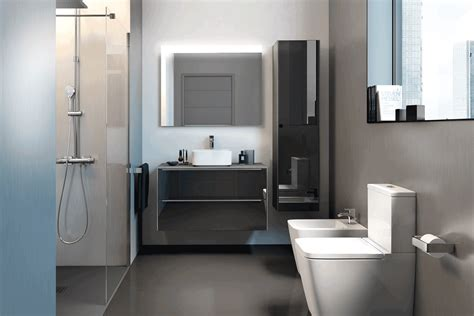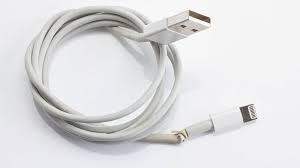There are several reasons to try canned wine over bottled wine. They are cheaper, easier to transport, have less carbon footprint, and protect the liquid inside from sunlight exposure. In this article, we’ll look at the benefits of canned wine. In addition to being cheaper, they are also more convenient to drink and easier to recycle. This makes them popular among millennials and people who value convenience. But why should you consider canned wine over bottled wine?

Canned wine is cheaper than bottled wine.
A recent survey questioned consumers’ preferences for canned wine versus bottled wine. Most cited the novelty of a new product and willingness to taste the differences between bottled and canned wine. Nearly half of the sample mentioned the higher practicality of aluminum cans in situations outside the home. A small percentage cited convenience in terms of stackability and storage. But why is canned wine cheaper? And how is it different from bottled wine?
There are a few critical differences between bottled and canned wine. The former is a more environmentally-friendly option. Many large wine companies have begun producing canned versions of their products, including Constellation, Gallo, Precept, and Wine Group.Canned wines are also cheaper because they use aluminum instead of glass. However, the savings don’t necessarily mean less quality. Whether or not the wine is better may be a personal choice, but it is crucial to consider the price and taste before deciding on the style and brand.
Canned wine is easier to carry around.
The wine industry is an old-fashioned industry that tends to resist change. For example, the recent introduction of screw caps has sparked a controversy among Bordeaux buffs. But the New World has less tradition to uphold, which is why it is more open-minded about initiatives. For example, canned wines offer an accessible entry point for people who want to sample wine for the first time. And with fun labels on some bottles, they look good on social media.
Another reason to purchase canned wine is its convenience. It’s easy to carry around and more straightforward to drink than a bottle. Plus, canned wines tend to stay colder for longer. In addition, canned wine doesn’t require a corkscrew to open it, making it ideal for camping trips and backyard barbecues. And because the material is lightweight, it’s also more environmentally friendly than glass bottles.
Canned wine produces a smaller carbon footprint than glass bottles.
Compared to glass wine bottles, canned wine has a lower carbon footprint. Because of its recycled materials, canned wine produces less waste than glass bottles. And because cans are lightweight, they generate less CO2 during transportation. Moreover, aluminum is easier to make and recycle than glass, making canned wine more environmentally friendly. And as millennials tend to be more environmentally aware, many of them will choose canned wine over glass bottles.
The wine industry is weighing its options. Moving away from glass bottles may bring down wine prices, but older consumers may not react to this change as positively as the younger generation does. Furthermore, environmentally conscious consumers may also shun glass bottles in the future. However, winemakers should make sure that their wines are not contaminated with heavy metals in the meantime. A recent study by Jackson Family Wines has found that canned wine has a lower carbon footprint than glass bottles.
Can protect the liquid inside from sunlight exposure.
There are several reasons why canned wine is better than glass bottles. First, canned wine preserves the flavor profile of the liquid inside for up to 18 months. Second, it is convenient because it can offer compact ergonomics. Third, the popularity of ready-to-drink beverages has made canned wines popular with younger demographics. For example, millennials have become more open-minded to new packaging formats, and they are more likely to drink beverages with low alcohol content.
Cans are a great alternative to sparkling wine by the glass.
Cans of wine have some benefits, including being more affordable, portable, and easier to drink. Although the sales of canned wines are still small compared to bottled wine, they are a growing trend that will increase. You can purchase a wide variety of wine in cans, from sparkling to dry white and even sparkling rose! Many people have enjoyed drinking wine in cans at sporting events like Coachella to outdoor picnics and wine tasting parties.
Cans of wine come in many flavors and can be paired with a wide variety of food. For example, many people like to pair canned wines with grilled foods. The bright flavors of canned Underwood Pinot Noir make it a great choice. The wine is also a great alternative to sparkling wine by the glass. So whether hosting a party or just looking for a refreshing drink at the beach, canned wine is a tasty alternative.
Cans are a great way to snap winter’s chill.
Whether you are on a budget or like to sip on something warm, canned wines are a delicious way to snap the coldest winter months. Canned wines are also great for sharing, and you don’t have to buy a whole bottle of wine for each person you’re entertaining. Dry January is gaining momentum, and more consumers are joining the cause. Canned wines can be an excellent option for individuals trying to drink less, as they have lower prices and can sample more different types of wine.
Canned wine is also a great way to enjoy premium wines. You no longer have to stick to fizzy, cheap wine – you can find complex, high-quality canned wines, such as oaked Old Vine Garnacha. Plus, you can always grab a few glasses at a time, which is great for on-the-go people.














+ There are no comments
Add yours